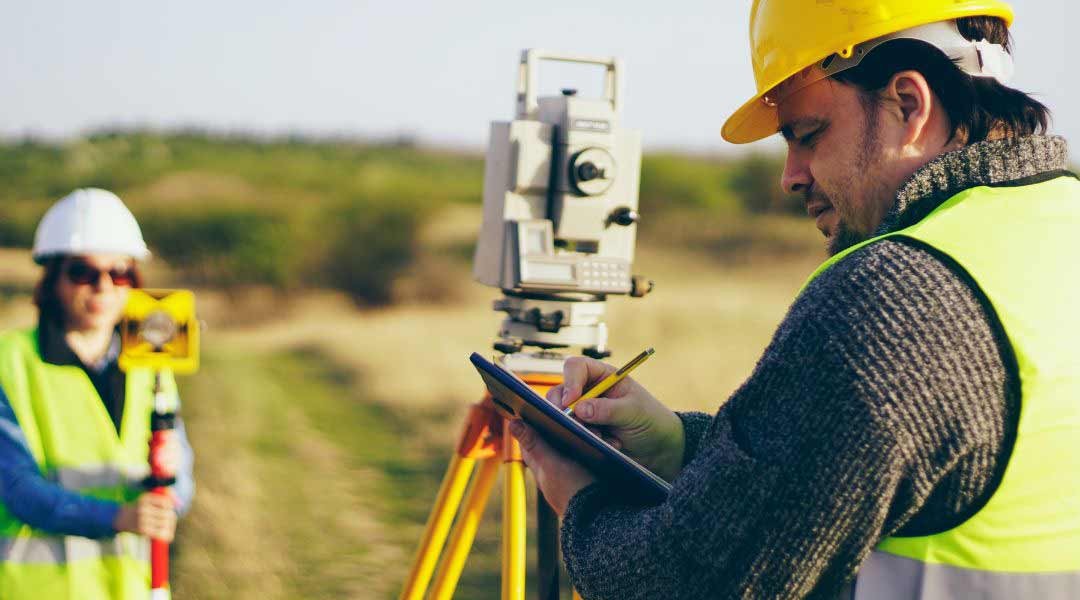
A Comprehensive Guide to Residential Solar Site Surveys
When you venture into the solar market, you realize that a complete solar sale involves various stages. First, there is a marketing team whose duty is to generate solar installation leads. Then, the solar installation team takes over the closed sale.
The installation team will first conduct a solar site survey to proceed with the installation process. A solar site survey involves inspecting the proposed property to ascertain whether it is suitable for solar installation depending on its preliminary design or location. The survey can be conducted by physically visiting the site or using remote technology.
Information Gathered From A Solar Site Survey
To prepare a permit-ready plan, you will need to gather the following information:
Site information
Site information includes roof measurements, roof pitch, azimuth, structure type (RCC/Metal sheet), rafter dimensions and spacing, terrain, and potential obstacles present. This information enables solar installers to determine the best way to set up solar panels.
Site data
Site data includes site location, size, climate, topography, etc. The information will help the installers determine the equipment needed, possible ways to access the property, and the safety gear needed.
Electrical infrastrucures
To determine the possible interconnection method, you must gather information about the site’s electrical infrastructure. This includes the electrical grid, power line, connection type (single or 3-phase), sanctioned load, installed capacity, transformer voltage, and wiring. Also, find out if you need a license or permit to perform an interconnection.
Potential hazards
This includes information about dangerous wildlife, steep terrain, toxic materials, etc. It enables the solar panel installer to take necessary precautions for safety reasons.
Customer information
If you run an established solar company, it is possible to generate numerous solar installation leads simultaneously. In this case, it is vital to keep a record of each client to avoid confusion. Therefore, a survey contractor should collect customer information, including the names, contacts, locations, property addresses, etc.
How To Conduct A Solar Site Survey
Gather Information
Once you have an installation lead, gather all the information about the property. This includes the address, the local utility, and permit details. You will also need the property owner’s details to determine if they have specific wants and needs.
Suppose you are surveying in person; you will need to coordinate with the homeowner and other team members (project engineers, designers, roofing contractors, or other contributors) to schedule an appropriate time for the survey. But if you are site surveying using remote technology, you can gather the required data and share it with the installation team for proper collaboration and efficiency.
Take a satellite or aerial image of the property
Once you have gathered all the information about the proposed project, the next step is to pull aerial or satellite imagery of the property. You will use the images to assess and determine the roof access point and any possible limitations. However, whether you choose aerial or satellite imagery will depend on what you are looking for.
For example, satellite imagery is just fine if you want a quick look at the rooftop, and you can access it from Google Earth. But aerial photography is your best option if you want detailed information about the rooftop.
Get ready to head to the site
Gather all the necessary equipment to avoid another trip if you plan a site visit. Here is the list of what you must take when going for a solar site survey.
- The solar project preliminary design or contract
- Measurement tools (tape measure, open-reel fiberglass tape, and laser distance meters)
- Ladder
- Shade assessment tools
- Camera
- Personal protective gears
- Sales materials
- Tablet or laptop
- Pencil and clipboard
- Business card
Assess the roof condition
Whether physically or remotely surveying, assessing the roof condition is critical. Some of the things to look into when inspecting a roof for solar installation are the rafter size and spacing and the number of asphalt shingles layers. In addition to being in good shape, a potential solar roof should be new enough to last at least 25 to 30 years, the average solar panel lifespan.
To determine whether an asphalt shingles roof will support the solar panel’s lifespan, it should be at least ten years old or less and in perfect shape at the installation time. Installing a solar panel on an old shaky roof can be costly in the event of roof repair or replacement.
Take roof measurements & note obstructions
If your evaluation finds the roof fit for solar installation, the next step is to take the roof measurements. If surveying manually, you must go up the rooftop and measure the roof surface, noting obstructions like chimneys or skylights.
For accuracy, take one corner of the building as your point of reference and measure the obstructions relative to that corner. This will enable the installation engineers to translate the information accurately. Suppose you are surveying remotely; skip the measurement stage entirely since most surveying products provide accurate data on roof measurements and calculations.
Take shade analysis
At this stage, you should take note of all nearby trees or buildings taller than the roof. Next, use a solar pathfinder tool to collect data points on the roof. Ensure to take the reading on each corner of the building and at least one in the middle. For accuracy, ensure each corner is labeled correctly, and the handheld device is held on a level when taking the reading.
Take photographs of everything
If you are surveying physically, take clear photos (close-ups and from far). Close-up images are essential for providing details, while far-away photos help designers ascertain the layout and other constraints present. Also, take pictures from all sides of the property, including the rooftop.
Assess electrical system
Assessing the electrical system helps determine how solar power can be interconnected to the home electrical plan, which may involve upgrading or acquiring special equipment. In this case, you will need to take detailed notes and close-up pictures showing nameplates and specifications.
Perform structural analysis
Here, you should determine if the building is firm enough to support the solar panel’s weight. Although remote surveying can provide data on rafter spacing, you might want an on-site survey to assess the structure.
Once you collect all the necessary information, upload it to your company system for other installation team members to access.


